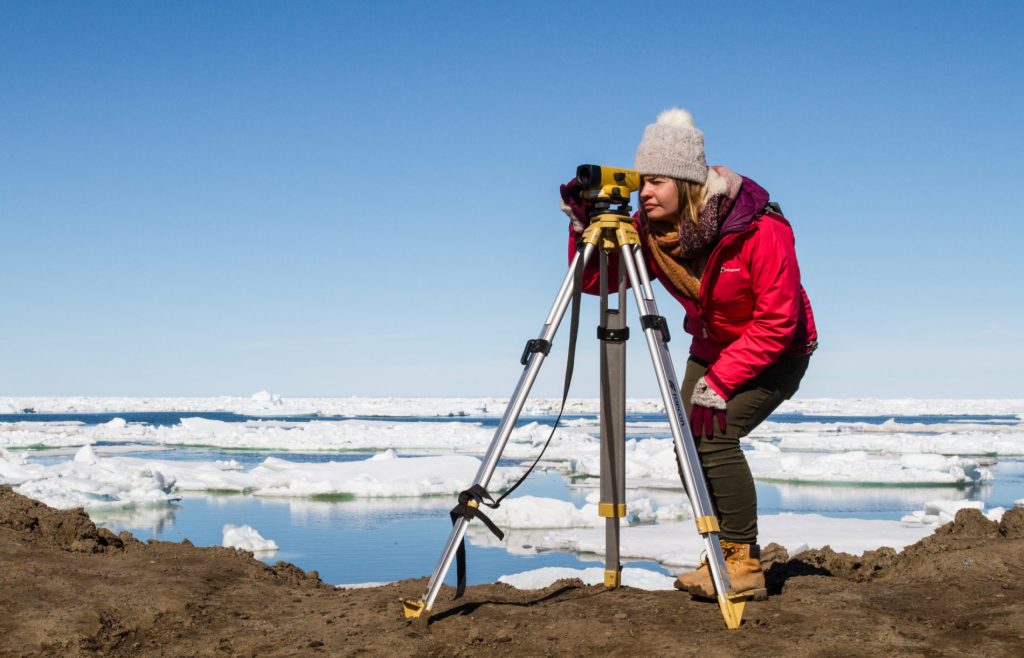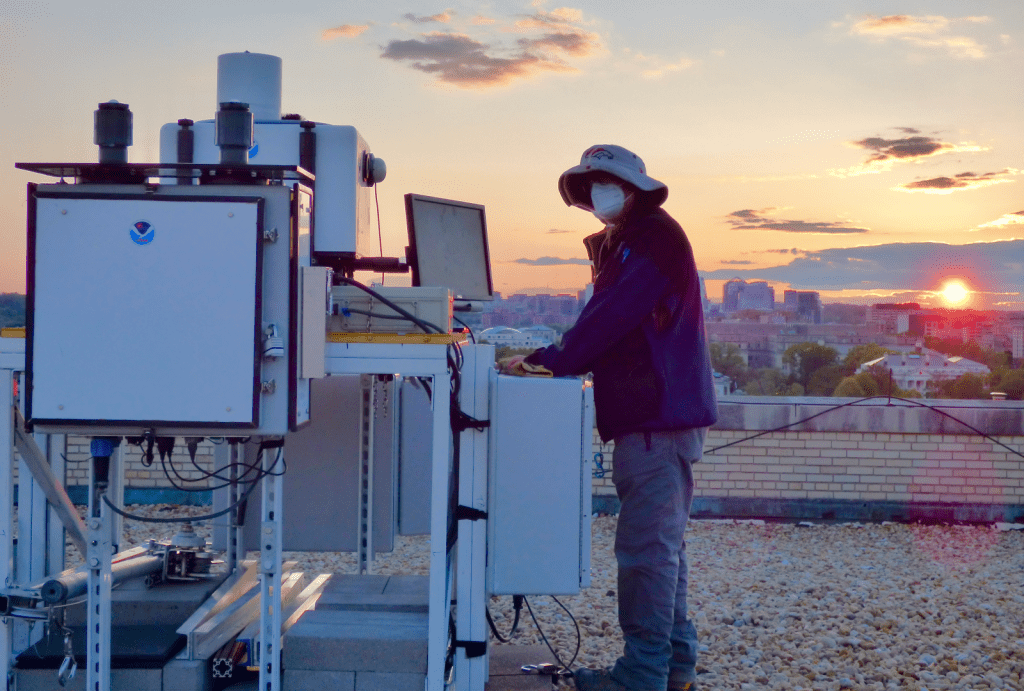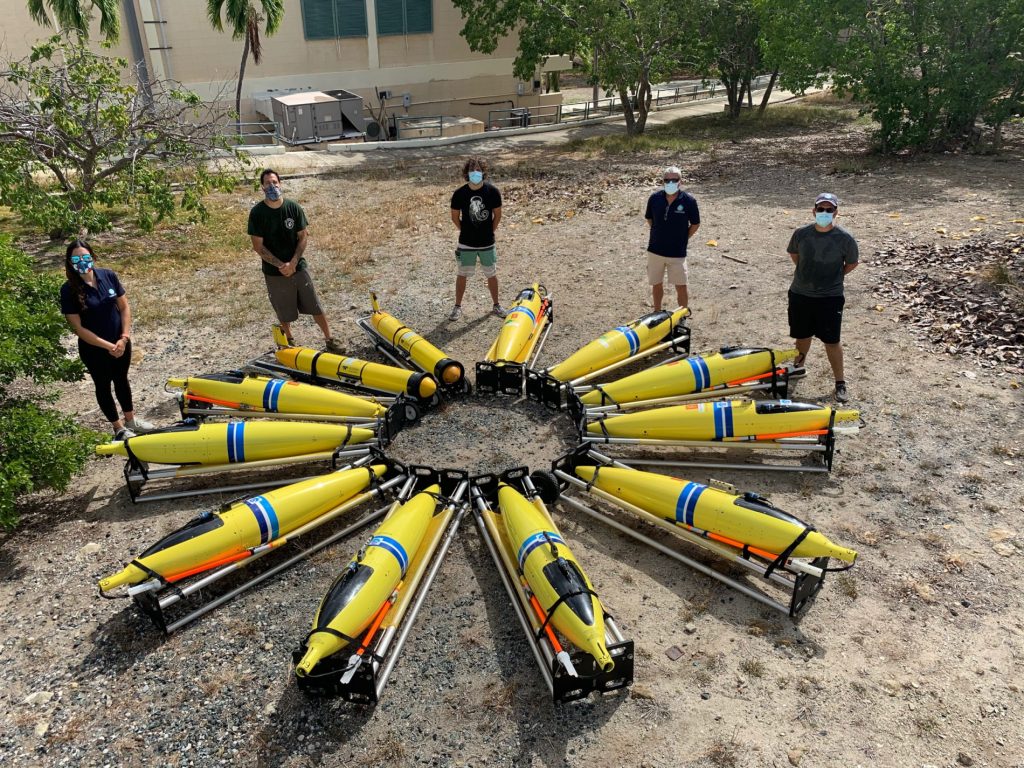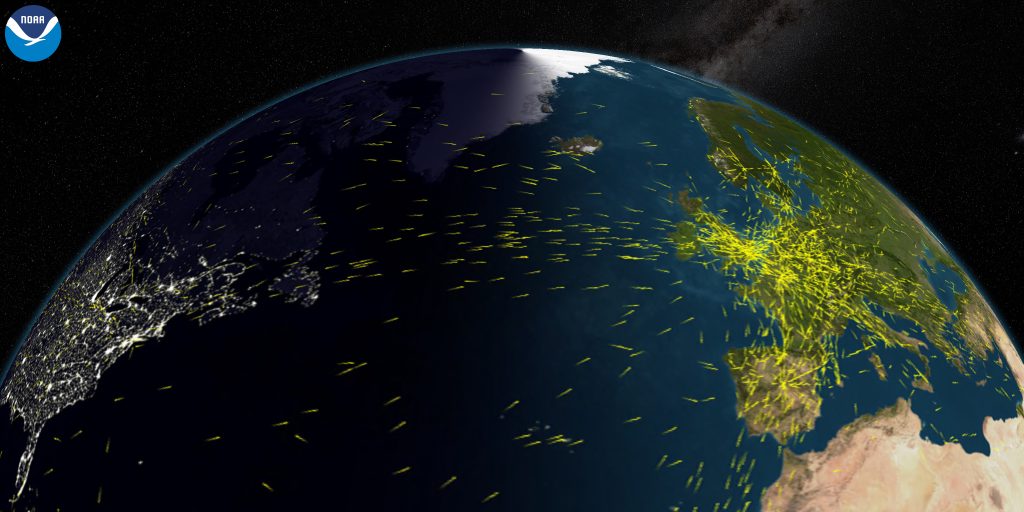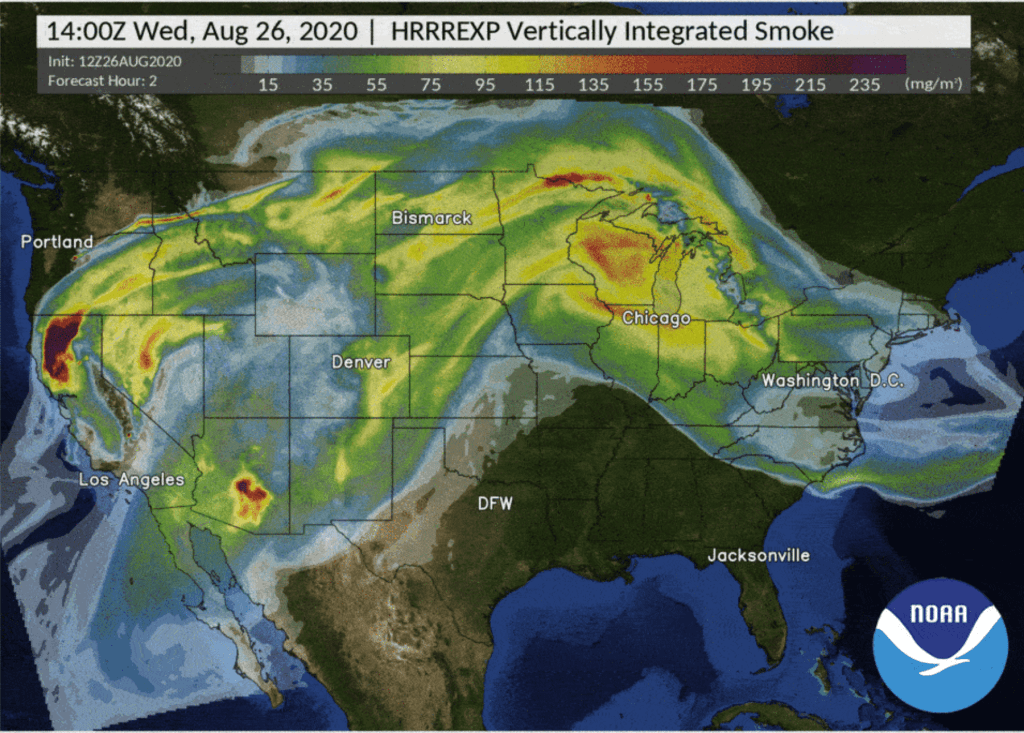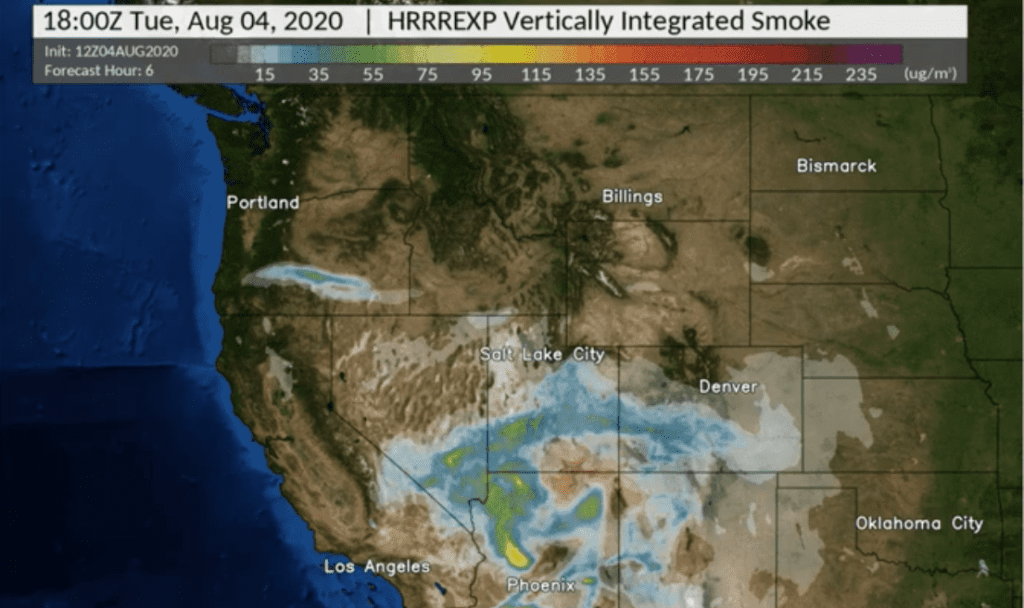Fragrant consumer products a key source of ozone-forming pollution in New York City
New research from NOAA finds that fragrant personal care products – the stuff that makes you smell good – are now responsible for a significant amount of the ozone pollution known as smog that plagues major urban areas.
Fragrant consumer products a key source of ozone-forming pollution in New York City Read More >

